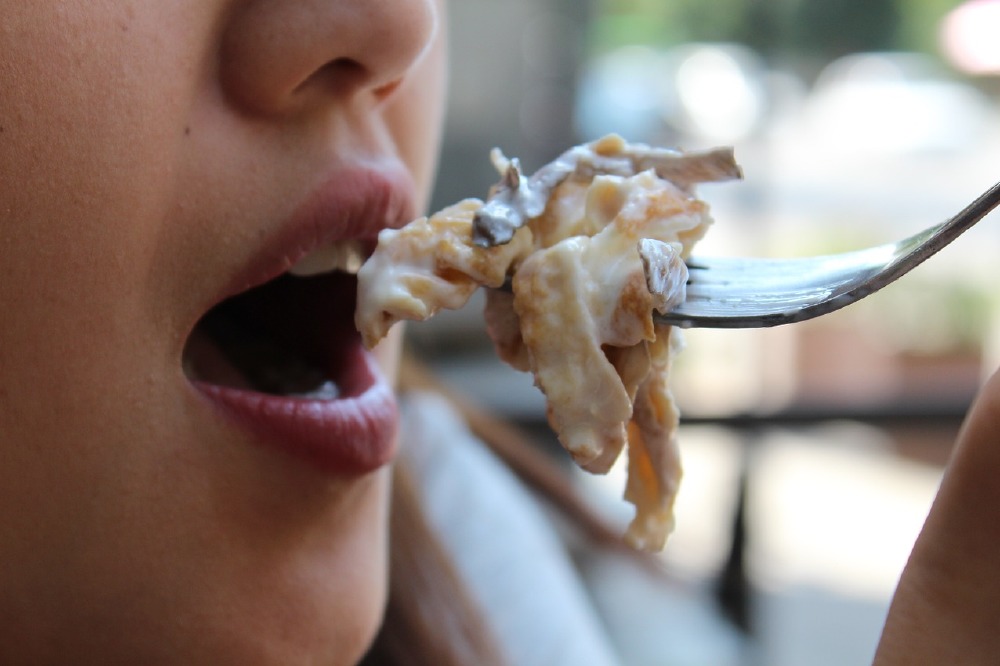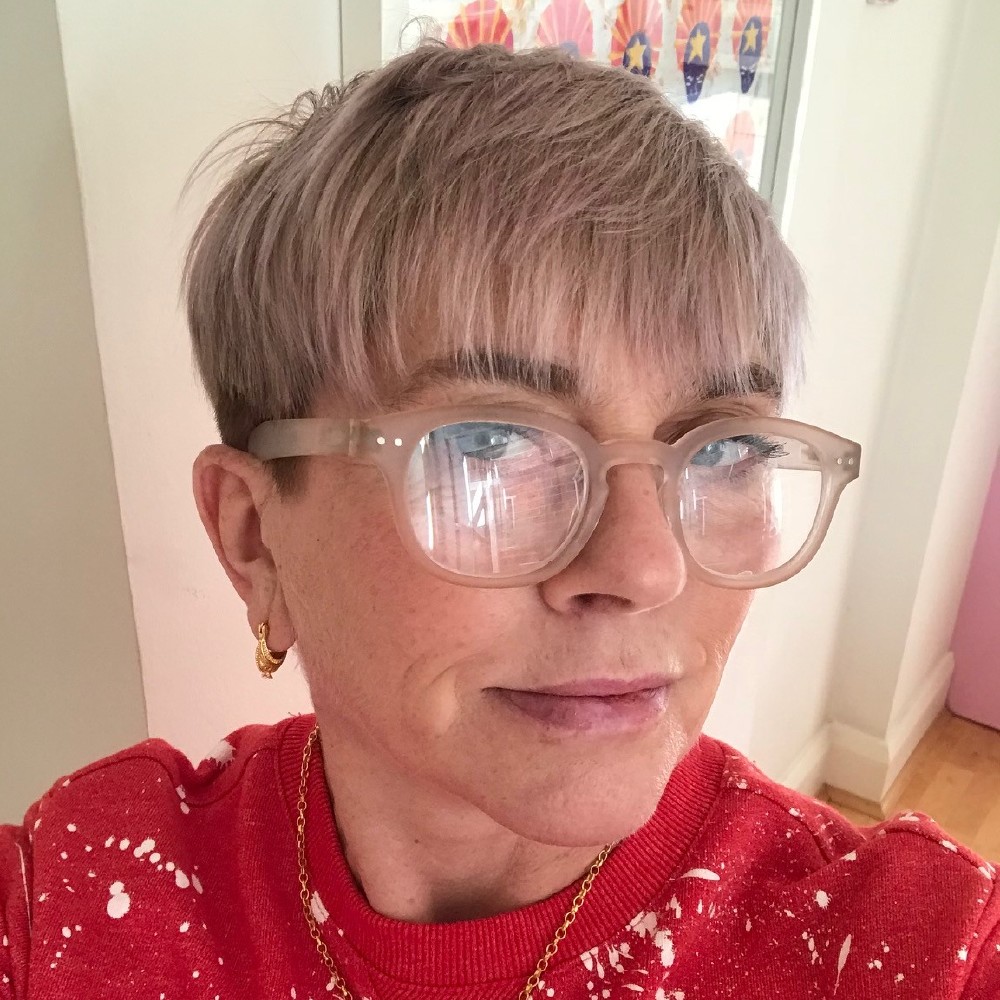At a time when we are becoming more fixated than ever before on diet and nutrition, Britain is turning into a nation of Nutrichondriacs according to findings released today by DNAFit – the UK’s leading wellness genetics company.

Do you avoid certain food groups?
According to the new DNAFit study which has defined the Nutrichondria condition, almost half the adult population (45%) state they have a food allergy or intolerance, yet just 15% have had this medically confirmed. For the remaining 30% their self-diagnosis could have a drastic impact on everything from their wellbeing, relationships and bank balance.
The age of intolerance
In recent years, it has become increasingly common for people to declare and self-diagnose an intolerance and change their diet accordingly. The findings reveal one-in-three (32%) British adults now believe that they are lactose intolerant and one-in-four (24%) intolerant to gluten, commonly found in wheat, barley and rye. These figures spike in the 25-35 age group at 37% for dairy and 32% for gluten respectively. Yet only 5% have had medical diagnoses for either condition.
The reasons why Nutrichondriacs self-diagnose are mixed, varied and rarely scientific. The cause for over 1/5 of people (22%) is identifying with a celebrity who has exhibited similar symptoms followed by receiving advice from a friend or family member (18%), reading an article about intolerance (17%), sudden weight gain (12%) or via an influencer on social media (9%).
Who is at risk?
According to the study it is the 25-34 age group who are most likely to suffer from Nutrichondria. A huge 57% of people in that age category believe they have an intolerance or allergy at some point, compared to just 28% for those aged over 55.
Over half (52%) of 25-34 year olds also said they would consider following a gluten free diet even if they weren’t diagnosed with any medical reasons to do so. Yet this would mean cutting out wheat and grains that are proven to have cardiovascular benefits and avoiding popular, social food and drink such as bread, pasta and beer, whilst also paying up to 17% more for gluten-free alternatives[1].
Remarkably the study also revealed that 7% of young Brits aged 16-24 now refuse to eat vegetables in the belief that they are intolerant to them, despite no medical diagnoses.
What is the impact?
Nutrichondria comes at another price: friendship and relationships. One in five people asked admitted they would decline an invite to dine with someone who had a self-imposed food allergy. On top of this, a huge 40% of people have at some point had a meal they prepared snubbed by someone who had self-diagnosed a food allergy.
Indeed, case studies undertaken alongside the report found some participants that had omitted a food group from their lives for over 20 years, only to find they didn’t suffer from their suspected intolerance at all[2].
What is the solution?
With 1 in 3 Brits suspected to be a Nutrichondriac there is a need to help the UK population better understand their bodies to ensure accurate diagnosis. 75% of people said they would consider taking a home test to find out what food they should be eating or avoiding, but 80% have never considered a DNA test to determine this information.
With DNAFit offering a home swab-kit, it is now easier than ever for consumers to receive accurate information that will help them understand their body’s needs and deficiencies.

Haley Wallbank, (age 57) – Some years ago I was feeling sluggish and couldn’t work out why, I started to research on different websites and came across Gwyneth Paltrow who seemed to have the perfect dietary formula. I became convinced that gluten was ruining my body and having a terrible effect on my life. I consequently cut out all gluten from my diet, not so easy at the time as it was still a fairly new idea. Sadly, this did not have the desired effect on my body and as I slowly added ‘ordinary’ foods back into my diet, more vegetables and fruit, I felt better than I had done in years!

Hannah Caldwell (age 25) - My self-diagnosis happened back in 2012. I was looking to start a healthier eating programme and read a lot about celebrities like Miley Cyrus and Victoria Beckham who ate gluten free. Miley in particular said she was allergic to gluten and that not eating helped her stay slim. I decided to cut back on gluten and see how I got on – it was much less heard of back then but I had a friend who was diagnosed with coeliac so got insight from her. It was great, I had more energy and felt much less bloated. I convinced myself it must be that I also had an allergy so I stopped eating it entirely. I stuck with the diet for over a year, even having a pavlova instead of a birthday cake! I then decided to try some gluten food again to see if it still caused me issues...and I was fine! Slowly I re- introduced it back into my diet and it had literally no effect on how I was feeling. It was quite frustrating that id missed out on a whole year of food (plus GF is super expensive) for pretty much no reason. I think it was probably psychological!
Val Hurst (age 58) - My story was intolerance of milk. I have always drunk milk used it in cooking and had in on my cereals, I loved a milky coffee. But after having my second daughter I began having stomach aches on a regular basis. To cut a long story short I was eventually diagnosed with milk intolerance. So, for the next 25 years I avoided milk at all costs. One day I had a cappuccino and I was fine and it continued like that introducing milk back into my diet again and have had no problems since.
Anna Baker (age 26) - I self-diagnosed as lactose intolerant due to feeling sick and sluggish after eating certain foods such as yoghurt and milk. As a result, I now buy lactose-free milk and limit my intake of other sweet dairy products. Cheese doesn't bother me in the same way.
I also have a few friends who have been formally diagnosed with many food allergies.
Antony Banks - My self-diagnosis occurred 3 years ago when I broke my leg. In an attempt to aid the healing process, I ate lots of cheese and milk for the calcium, thinking this would be needed for bones to heal. I noticed that at this time my skin broke out in spots. I wondered if perhaps this was due to the increase dairy consumption - and found some evidence to suggest a possible link between such problems and dairy consumption. I reduced my consumption of dairy by 90% and within a few weeks the problem did indeed improve dramatically.
Tagged in Gluten Free

